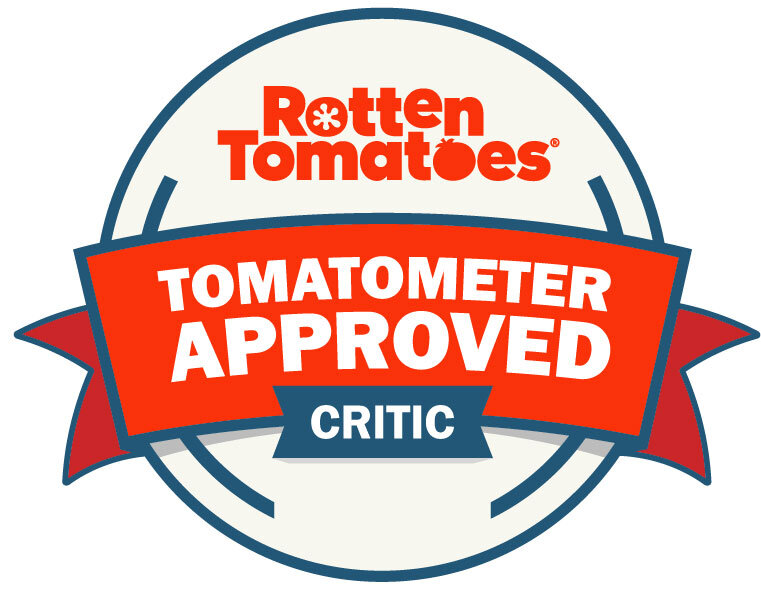2009 // Iran // Mohammad Rasoulof // November 19, 2011 // Theatrical DVD (Landmark Plaza Frontenac Cinema)
Arid outlandishness rules in The White Meadows, a dream-like Iranian fairy tale that offers a procession of striking visuals that prove stubbornly resistant to allegorical readings. The film evokes the surrealism of Alejandro Jodorowsky at every turn. Like that director's acid Western masterpiece El Topo, every bizarre detail in The White Meadows seems pregnant with meaning. The fact that the film is ultimately cryptic—at least to this Western viewer—does not detract from its beguiling spell.
Rahmat (Hasan Pourshirazi) rows his boat across a glassy sea, visiting a succession of strange, salt-encrusted islands. At each one, he collects tears from the local inhabitants, carefully bottling them for some inscrutable purpose. In a manner that necessarily recalls The Odyssey, each stop highlights fresh wonders and odd customs: a virgin bride set adrift on a raft as a sacrifice to the sea; a trained monkey whose daily antics allow onlookers to literally set aside their cares; islanders whispering their secrets into jars, which a dwarf must then deliver to a fairy at the bottom of a village well. At one island, a boy (Younes Ghazali) manages to stow away on Rahmat's boat, and is thereafter treated as something like a slave, son, and successor.
The style of the film is firmly in the realm of magical realism, although nothing that one could describe as definitively fantastical actually occurs onscreen. The White Meadows seems to exist in a timeless, metaphor-laden Purgatory, one cobbled together from folk-tale tropes and the melancholy whimsy of Terry Gilliam. For Western viewers, hints of Arthurian myth and Giorgio de Chirico's paintings seem to flicker at the edges of the film's Persian trappings, in a testament to the universal character of its potent imagery and scenarios.
Some scenes seem to be critical of authoritarian power's hostility to dissent and free expression, such as a sequence where islanders terrorize an artist who refuses to depict the sea in its natural blue color. In the main, however, the film's pleasures stem not from cutting political or social insight, but from its humane sorrow, its daubs of sly humor, and its persuasive aura of unhurried strangeness.




